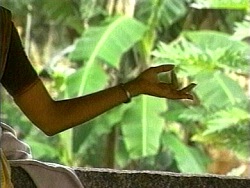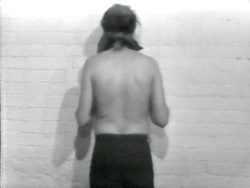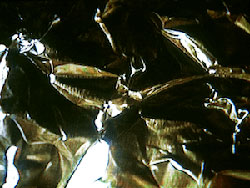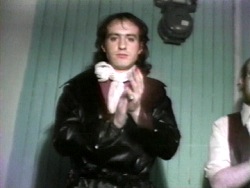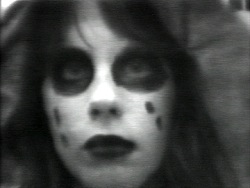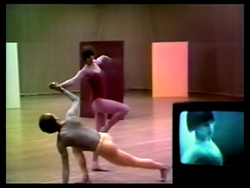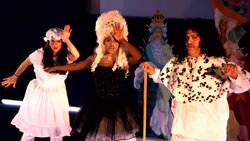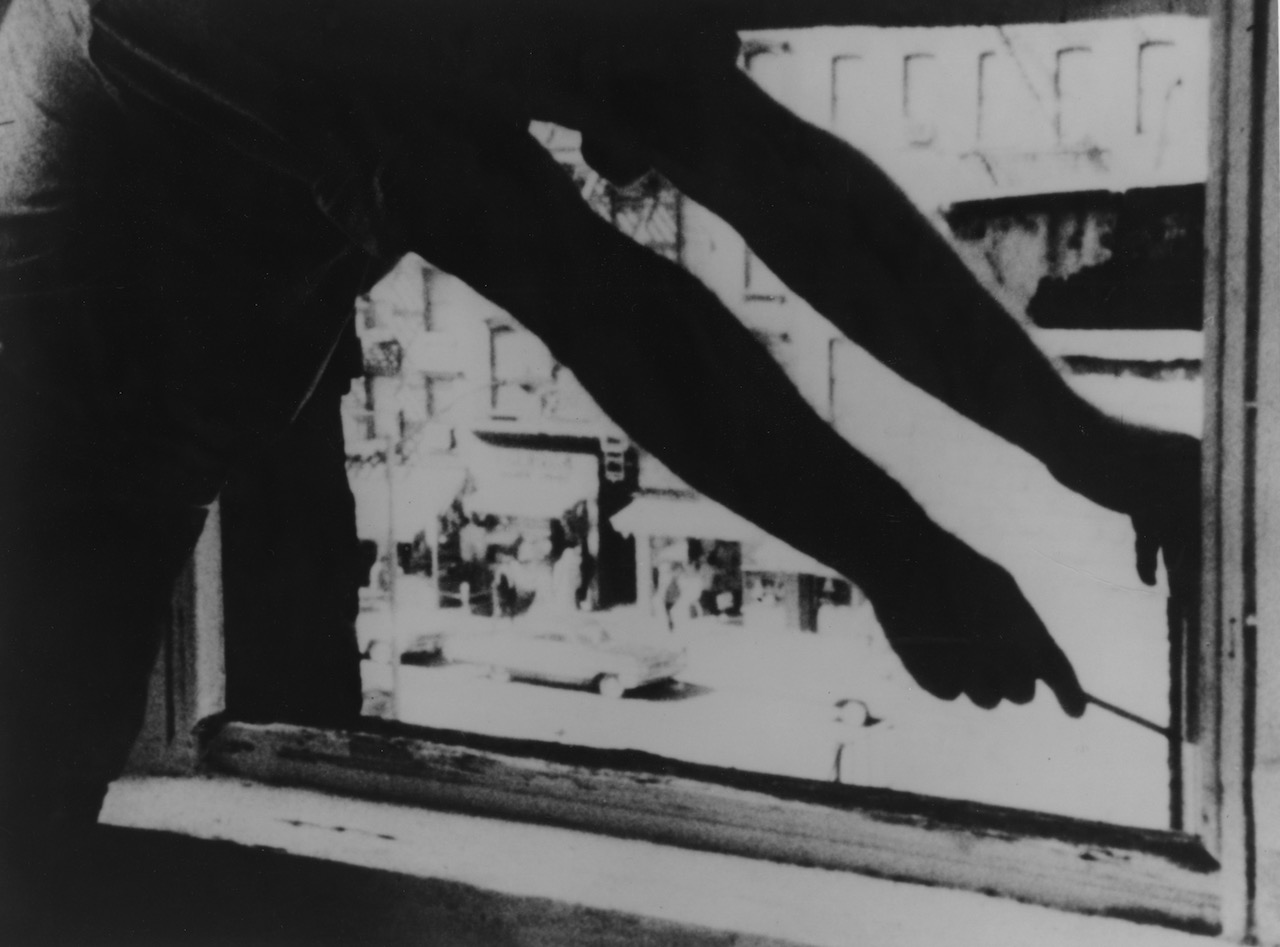Search Results
Search Results
Title Results
Your search returned 792 Titles
In this tapestry of images and sounds, fragments gleaned from more than three years of research on four continents illuminate an ancient community of perceptions, practices, and values. Originating in Africa, thousands of years before Egypt, remnants of the First World Order survive today as...
This experimental documentary uses the life stories of a Chinese woman artist to explore alternatives to dominant versions of history. Growing up in China during the Cultural Revolution, she first came to the U.S. to study, and then, after the government crackdown, to live. FLOW's narratives of...
In this exercise in the act of viewing and being viewed, Acconci explores intuitive perception through intense concentration. Blindfolded, he stands against a wall, his nude back to the camera. Throughout the tape, the camera moves to focus alternately on his body and on objects in the performance space, while Acconci attempts to guess the object and direction of the camera's gaze. "I feel you staring at the back of my neck now." "Yes." "You're staring from the right side."
For Example Decorated is an art world talk show featuring Britta Le Va, Peter Gordon and James Sarkis. The participants converse about art while building structures from Lego blocks.
For how we perceived a life (Take 3) debuted at the New Museum in 2012, emerging out of Wu Tsang’s “full body quotation” practice, a series of choreographed performances in which collaborators are fed pre-existing lines from an ear piece. In this edition, the performers begin huddled together ...
The landmark documentary Four More Years is an iconoclastic view of the American electoral process, captured through TVTV's irreverent, candid coverage of Richard Nixon's 1972 presidential campaign and the Republican Convention in Miami. Using lightweight 1/2-inch portable video equipment, the...
In Fractions I, four video monitors share the screen space with the dancers. Throughout the performance, these monitors show close-ups of the performers in the dance space, as well as images of those moving outside of the space.The performance suggests tension between what is seen and what is left unseen, and in turn, between different parts and their whole.
In Antin's 1979 performance extravaganza Before the Revolution, her persona Eleanora Antinova, an imaginary black ballerina in Diaghilev's Ballet Russe, performs as White Queen, Marie Antoinette, while quarreling with the great impressario about racial profiling and the promise of modernism. In revival performances at the Hammer Museum in 2013, live actors joined the original cast of life-scale puppets to perform this allegorical tragic-comedy, creating a kaleidoscopic world of shifting selves and ambiguous realities, with ballerinas, kings, lambs, maids, madmen and revolutionaries. Re-invented and transformed into a film, live actors and puppets move through a ruined landscape of narrative fragments of psychological and political oppression, a musical, poetic and dramatic interplay of continuities and interruptions, the dark chaotic music of modern life.
In Frame, four sets of measurements are made with a six-inch ruler. In the first, the rectangle of the camera is placed at an angle, and the trapezoid measured and perceived untrue from the camera viewpoint. In the second, the camera is placed at an angle, and the trapezoid measured is perceived...
